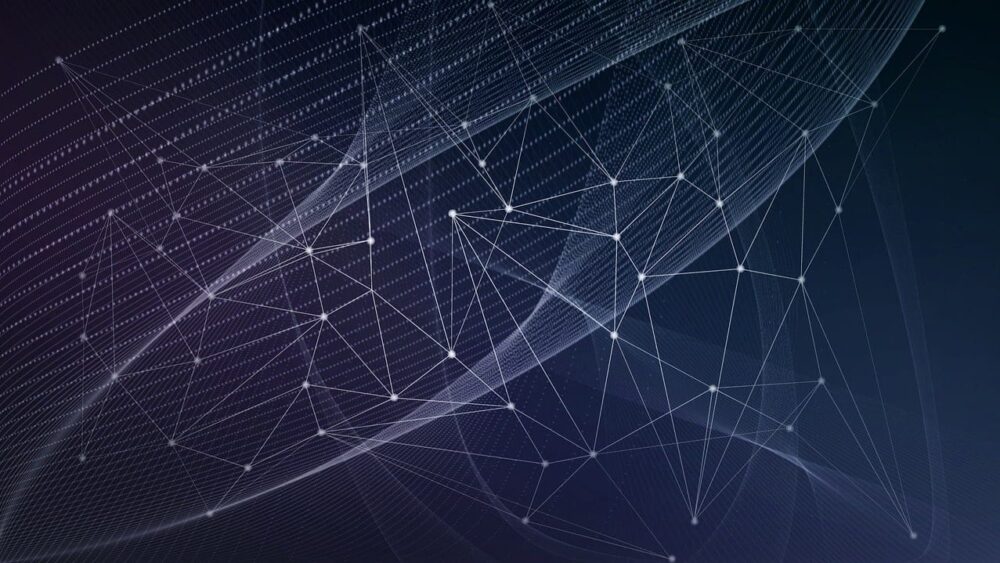Introduction
Understanding the path of data, from its source to its destination, is essential in the dynamic field of data management to guarantee data integrity, compliance, and effective operations. This is especially important for intricate Extract, Transform, Load (ETL) and data ingestion procedures, as it can be difficult to trace data lineage. Here, we explore how data lineage information can be extracted from the underlying source code by Large Language Models (LLMs) like GPT-4, which can revolutionize this aspect. Specifically, we will focus on Python code that is used in Airflow.
In this article, we explore the effectiveness of Large Language Models (LLMs) in simplifying the process of data lineage identification within complex ETL workflows. Because of their superior language comprehension skills, LLMs are able to analyze source code quickly and effectively, doing away with the need for complex and frequently confusing mapping tools. For users, who would otherwise have to manually analyze and comprehend complex ETL flows in order to track down data sources and destinations, this method greatly reduces complexity.
The Challenge of Data Lineage in ETL Processes
In order to guarantee that the data that reaches its destination is accurate and dependable, data lineage in ETL processes entails tracking the data’s journey through numerous transformations and movements. However, manually tracking this can be laborious and prone to error in complex systems with numerous steps and transformations.
The Role of LLMs in Simplifying Data Lineage
LLMs, such as GPT-4, are AI models trained on vast datasets, including programming languages. They understand code structure, syntax, and semantics, making them adept at analyzing source code.
Analyzing Python Code in Airflow
Airflow, a popular workflow management platform, often employs Python for scripting complex data workflows. LLMs can read and interpret these Python scripts to identify data sources, destinations, and transformation steps.
Step 1: Understanding the Code Structure
The Airflow Python scripts are first parsed by an LLM to determine their structure and flow. Understanding functions, classes, and dependencies is essential for comprehending the flow of data within the script.
Step 2: Identifying Data Sources and Destinations
By analyzing the code, the model identifies data sources (like databases and APIS) and destinations (like files and data warehouses). It searches for database connection
Step 3: Mapping the Data Flow
Once sources and destinations are identified, the LLM maps out the data flow. It understands how data is extracted, the transformations applied (using Airflow operators and Python functions), and the destination of the loaded data.
Step 4: Extracting Complex Relationships
In multi-step ETL processes, data often undergoes several transformations. LLMs can track these changes, understanding complex relationships and dependencies within the code.
Let’s see it in action:
import psycopg2 # Assuming PostgreSQL is the source database
def fetch_data(): """Fetches data from the 'people' table."""
try:
# Establishing a connection to the database
# Replace with your database credentials and connection details
conn = psycopg2.connect(
dbname="your_dbname",
user="your_username",
password="your_password",
host="your_host"
)
cursor = conn.cursor()
# SQL query to select data
query = "SELECT firstName, lastName, email, birthdate FROM people"
cursor.execute(query)
# Fetching all records
records = cursor.fetchall()
return records
except Exception as e:
print(f"An error occurred: {e}")
finally:
if conn:
cursor.close()
conn.close()
def convert_to_cypher(records):
"""Converts records to Cypher commands for Neo4j insertion."""
cypher_commands = []
for record in records:
firstName, lastName, email, birthdate = record
command = (
f"CREATE (p:Person {{firstName: '{firstName}', lastName: '{lastName}', "
f"email: '{email}', birthdate: '{birthdate}'}})"
)
cypher_commands.append(command)
return cypher_commands
def main():
records = fetch_data()
cypher_commands = convert_to_cypher(records)
for command in cypher_commands:
print(command)
if __name__ == "__main__":
main()
Using GPT 4, we are able to identify the following source and destination information from the code itself.
PostgreSQL 'people' Table Transformation Neo4j Database (Person Node)
------------------------- -------------- ----------------------------
firstName -------------> firstName
| (Person:firstName)
lastName -------------> lastName
| (Person:lastName)
email -------------> email
| (Person:email)
birthdate -------------> birthdate
(Person:birthdate)
Naturally, this is a very basic example to help with the demonstration. Can you picture the logic needed to write for each possible language in order to accomplish this programmatically?
Advantages of Using LLMs for Data Lineage
- Automation and Efficiency: Automating the data lineage extraction process saves time and reduces human error.
- Deep Understanding: LLMs can understand complex, nested code structures that might be challenging for human analysts.
- Scalability: LLMs can handle large codebases, making them suitable for large-scale enterprise systems.
- Continuous Learning: As LLMs are exposed to more code, they continually improve their understanding and accuracy.
Conclusion
The integration of LLMs like GPT-4 in extracting data lineage information from ETL and data ingestion processes represents a significant leap in data management. By analyzing Python code in Airflow workflows, LLMs provide a deep, automated understanding of data flows, ensuring efficient and error-free data lineage tracking. As we continue to embrace these technologies, we can expect further advancements in the way we manage and understand our data ecosystems.
Note: This blog post provides a conceptual overview and should be followed by detailed technical implementation guides for practical applications.

Comments are closed.